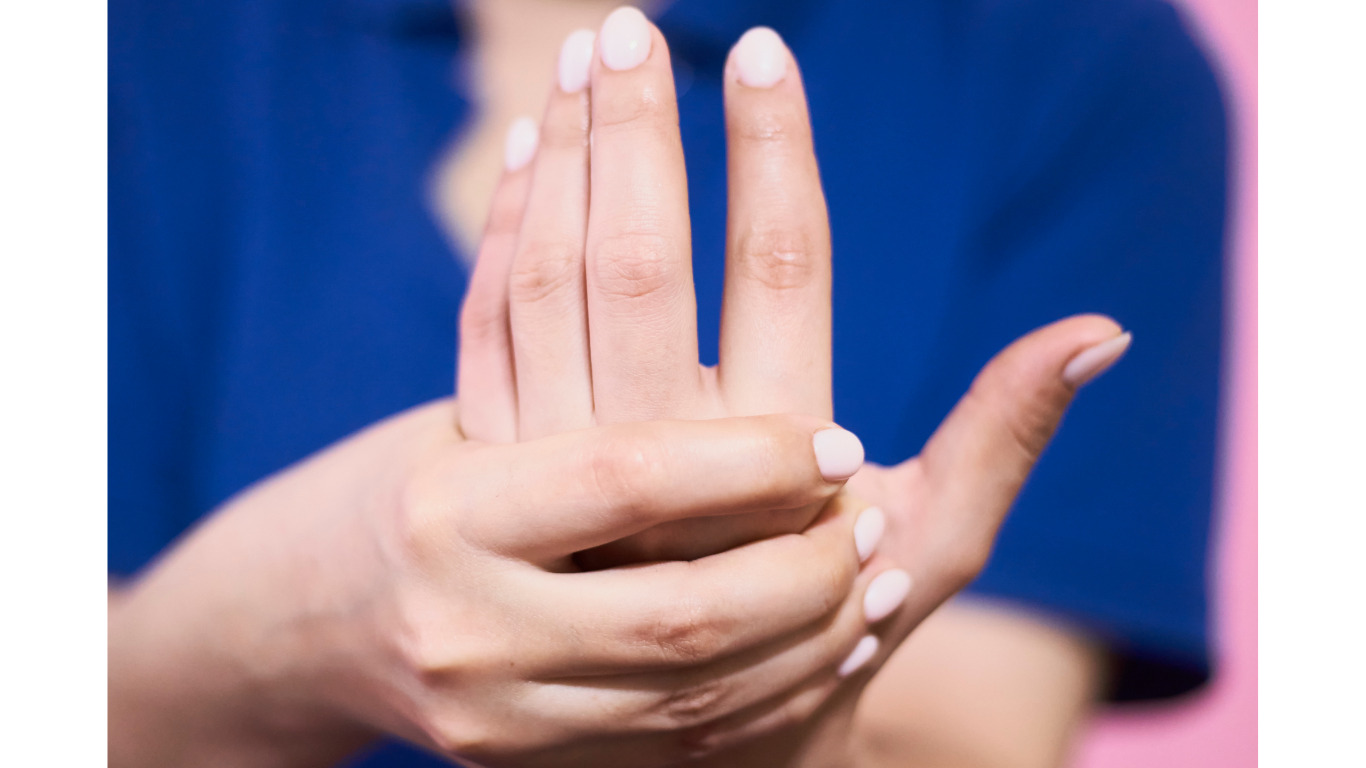
Growing up with Ehlers-Danlos Syndrome (EDS), a rare genetic connective tissue disorder, can present unique challenges and experiences. While EDS manifests differently in each individual, here are 23 signs that you may have grown up with EDS:
1. **Joint Hypermobility:** You noticed early on that your joints were unusually flexible, allowing you to perform contortionist-like maneuvers.
2. **Chronic Pain:** You experienced chronic joint and muscle pain, often starting from a young age.
3. **Bruising Easily:** Minor bumps and grazes resulted in extensive bruising that seemed excessive compared to others.
4. **Frequent Dislocations:** Your joints frequently dislocated or subluxed (partially dislocated), causing discomfort and instability.
5. **Stretchy Skin:** You have hyperelastic or velvety skin that stretches excessively and may be prone to tearing or bruising.
6. **Delayed Healing:** Injuries took longer to heal than expected, and scars might be more pronounced.
7. **Digestive Issues:** Gastrointestinal problems such as irritable bowel syndrome (IBS) or gastroparesis were common.
8. **Chronic Fatigue:** You often experienced extreme fatigue that wasn’t solely attributable to physical activity.
9. **Orthostatic Intolerance:** Standing up quickly led to dizziness or fainting, indicating issues with blood pressure regulation.
10. **Scoliosis or Kyphosis:** You developed spinal curvature or other musculoskeletal deformities.
11. **Frequent Sprains:** You sprained or strained joints with relative ease during everyday activities.
12. **Easy Scar Formation:** Even minor injuries left scars that were more prominent than you’d expect.
13. **Skin Sensitivity:** You had heightened skin sensitivity, making it painful to wear certain fabrics or textures.
14. **Subcutaneous Nodules:** The formation of small, painless nodules under the skin was a common occurrence.
15. **Widened Scars:** Surgical scars tended to widen over time, potentially leading to complications.
16. **Frequent Dislocations:** You had frequent joint dislocations, which sometimes required medical intervention.
17. **Hypermobile Fingers and Toes:** You could bend your fingers and toes in unusual ways that amazed or freaked out your friends.
18. **Joint Stiffness:** Contrary to the hypermobility, you often experienced joint stiffness, especially in the morning.
19. **Skin Fragility:** Your skin was fragile and prone to tearing, especially in areas prone to friction.
20. **Difficulty in Finding Supportive Footwear:** Finding comfortable and supportive shoes was always a challenge due to your foot shape and joint issues.
21. **Exercise Limitations:** You had to modify or avoid certain types of exercise and sports to prevent injuries.
22. **Medication Management:** You relied on medications to manage pain, inflammation, or other EDS-related symptoms.
23. **Supportive Community:** You sought support from online or in-person EDS communities, connecting with others who shared your experiences.
Growing up with EDS can be challenging, but it also fosters resilience, empathy, and a unique perspective on life. It’s important to work closely with medical professionals to manage the condition effectively and seek support from communities that understand the journey of living with Ehlers-Danlos Syndrome.
In every journey with EDS, small forces can bring warmth and connection. In charity events related to EDS, you can use custom lapel pins to make resilience and hope concrete. Each pin can be engraved with unique words of encouragement, a symbol of solidarity, or a personal symbol of courage.

Whether pinned on the collar to convey silent understanding or given to a companion, they are telling you: You are not alone. Use delicate craftsmanship to carry deep care, and let each customized design become the light that illuminates each other.



